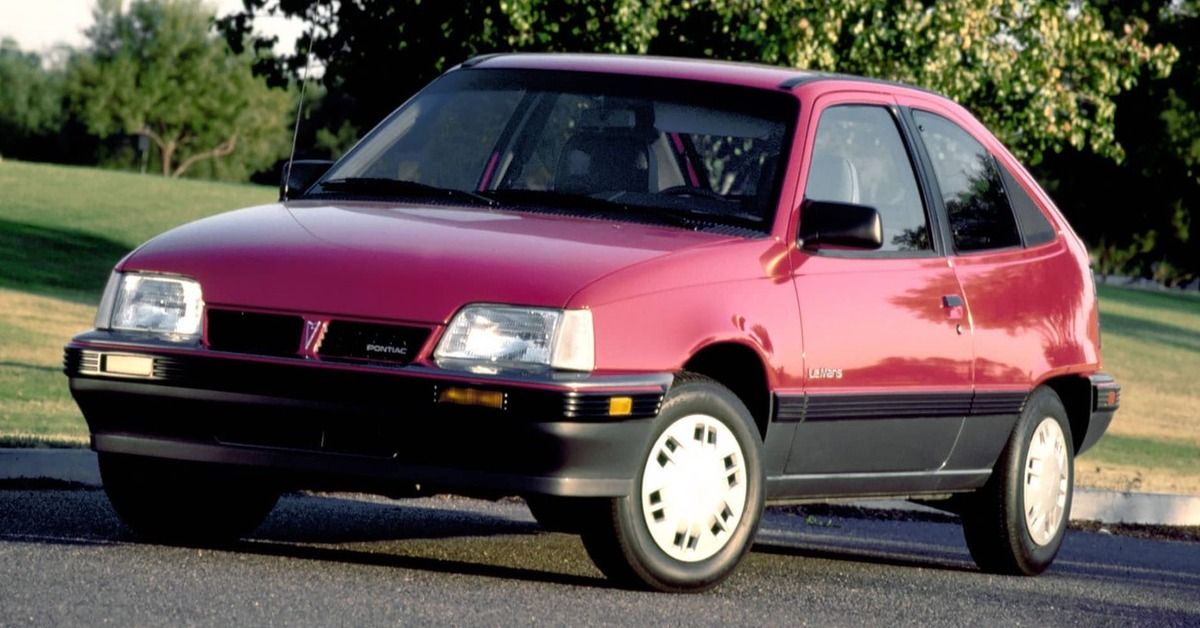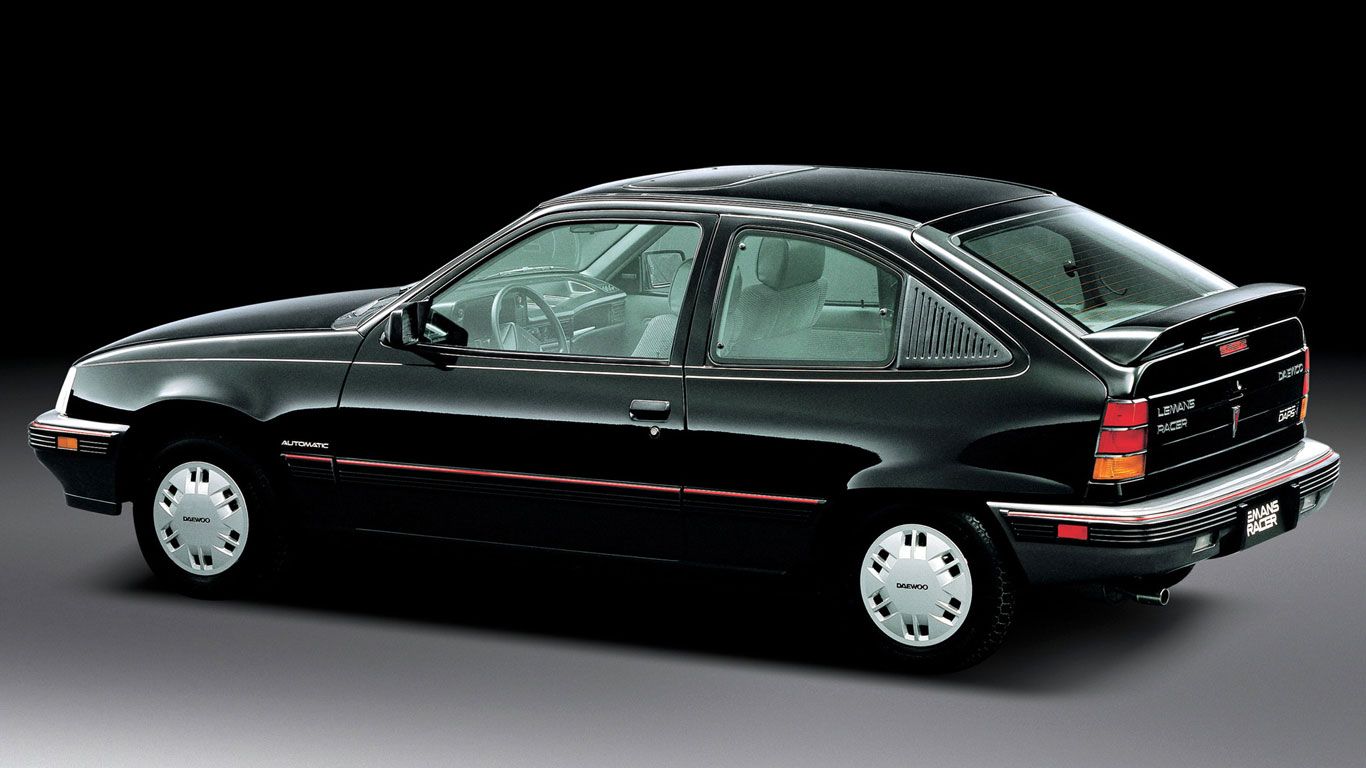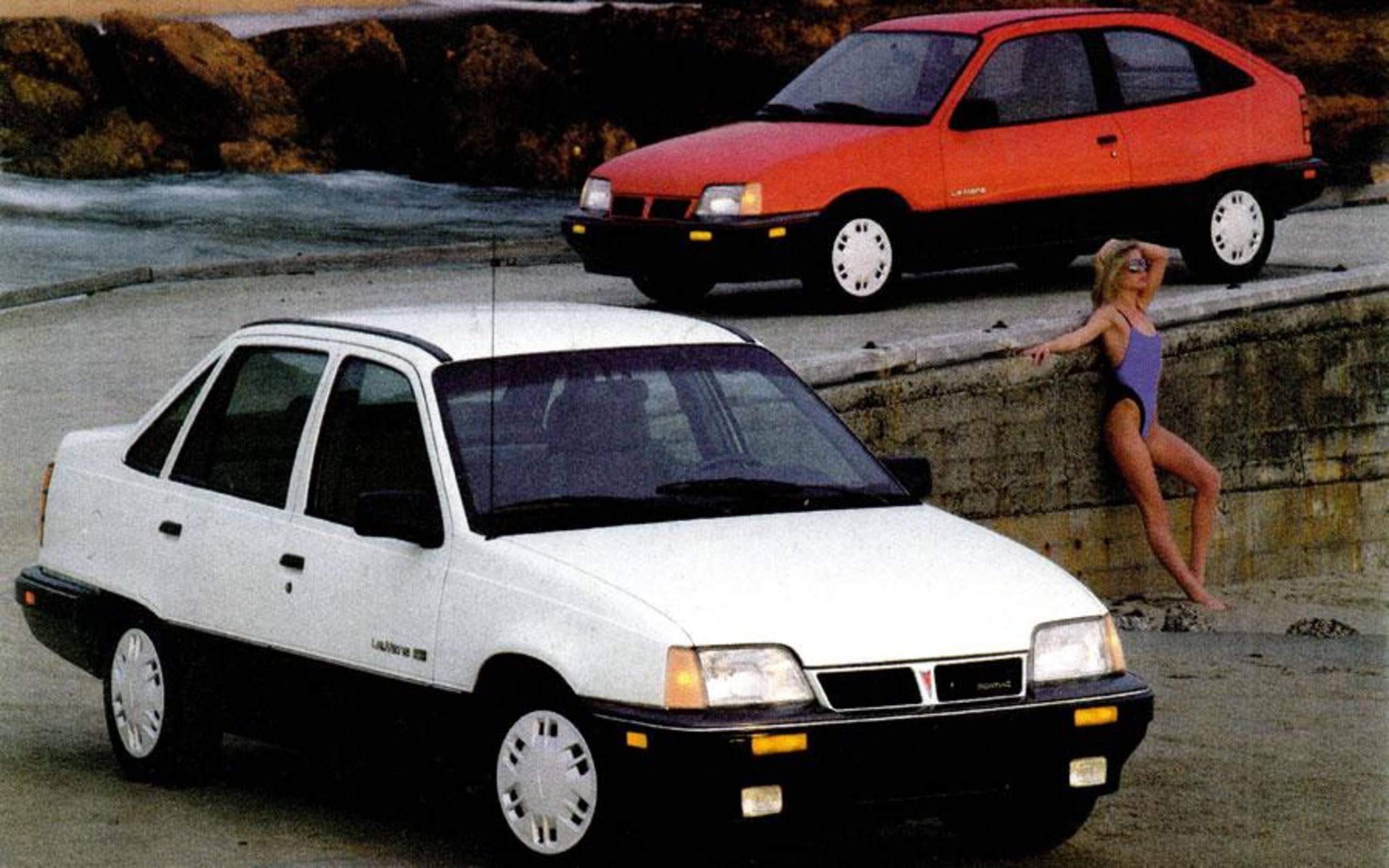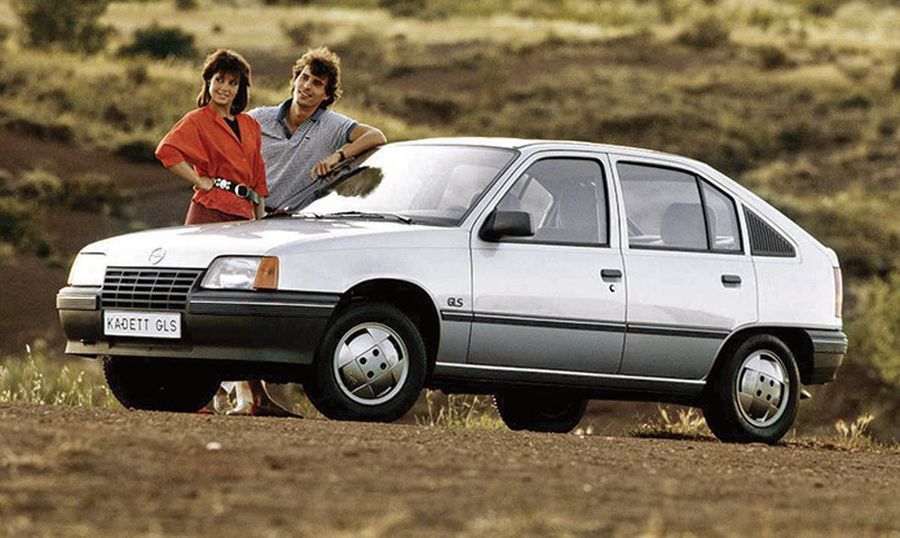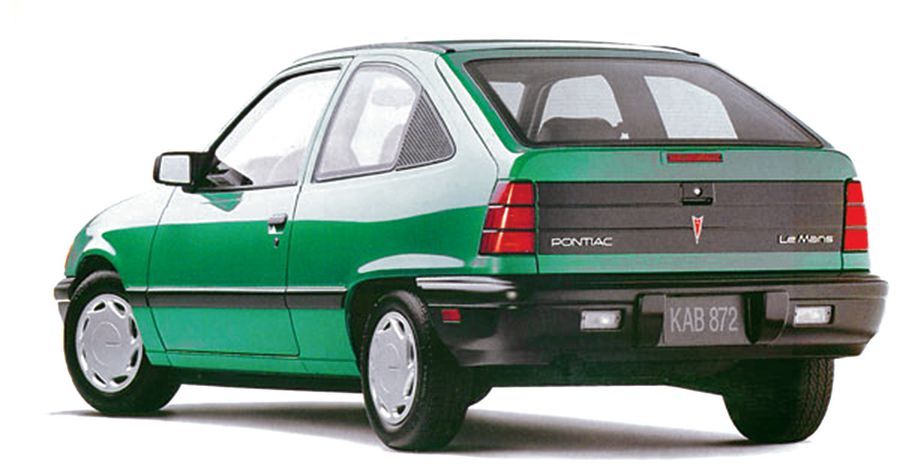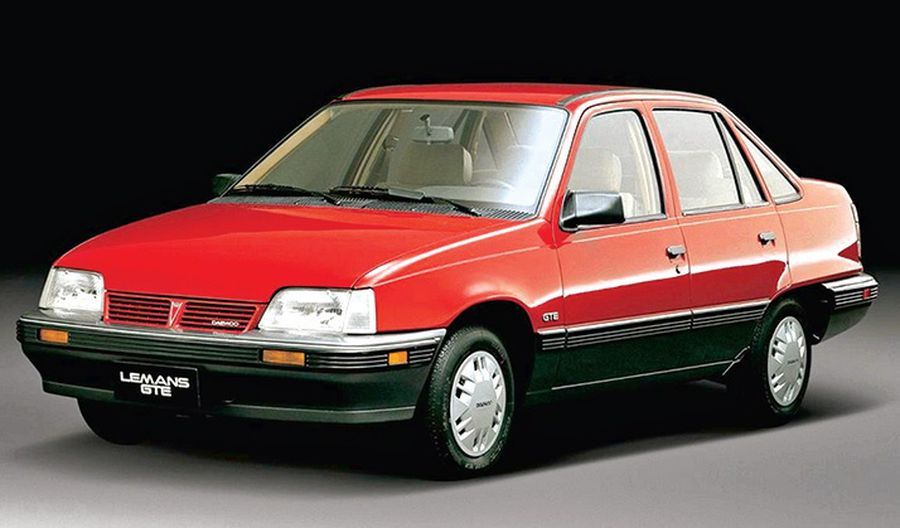By the mid-1980s the South Korean automotive market was booming. For many Americans in the 1980s Korean products flew under the radar. The 1980s Japanese economic boom turned the tide in the states with Japanese products carrying a quality reputation from most consumers. Unfortunately, Korean products just didn’t attract the same amount of attention.
Even though many Americans were oblivious to many Korean contributions to engineering in the 1980s, Korean companies like Daewoo and Hyundai were starting to gain traction in other countries as serious automotive makers and future contenders in the world market.
One American company that was not overlooking the engineering accomplishments of Korea was General Motors, which struck a business partnership with Daewoo during the 1970s. This partnership worked well with selling vehicles overseas for GM, but by the 1980’s it was decided that a Daewoo-built car would be sold in the states with the help of GM and under a GM badge.
The LeMans Hatchback
This Daewoo-produced car was called the LeMans, a nod to the legendary Pontiac LeMans of the muscle car era. The car was essentially an Opel Kadett E, a vehicle that received a lot of praise overseas, even being named European Car of the Year in 1985. With a few subtle changes, the Daewoo LeMans was built in 1986 for a South Korean audience. The car was then sold in the US as the Pontiac LeMans for 1987.
On paper, the Pontiac LeMans was wonderful. A german-designed car that won car of the year, mixed with Korean build quality and American cosmetic style, it seemed like this little hatchback was well on its way to a successful run.
A World Car With A World Of Options
The LeMans was a prime example of badge engineering with many options carried over to multiple countries, but for the American Pontiac-badged LeMans, it was available as a three-door hatchback and four-door sedan, and with a front-wheel-drive setup, the car was very stable and easy to drive. Remember; by the 1980s front-wheel drive was still relatively new, with the previous GM compact, the Chevette, equipped with a rear-wheel-drive setup.
A manual transmission was offered standard, with an automatic as an option. The base model LeMans was equipped with a 1.6L four-cylinder producing around 76 horsepower. While this power may seem low compared with today’s four-cylinder engines, the LeMans was light enough to get decent performance and solid fuel economy even with so little power.
For those drivers looking for a little more performance out of their Pontiac hatchback or sedan, a GSE trim was offered, which gave consumers a 2.0L four-cylinder producing around 100 horsepower. This trim also featured sportier cosmetic trim and Recaro seats.
A Successful World Car At First
At the start of its life, the LeMans project was very successful. While Americans received the Pontiac-badged car, the rest of the world had success selling the car as well.
Not only was this car sold in America, South Korea, and Germany, but this car was also sold in China as the Guangtong GTQ5010X, Australia as the Daewoo 1.5i, Thailand as the Daewoo Fantasy, and Canada as the Passport Optima, Asüna GT, and Asüna SE, just to name a few.
Needless to say, the sheer amount of badge engineering found in this model shows how successful the car was initially.
Unfortunately, The Pontiac LeMans Didn’t Last
As much as we love to look back at the LeMans today, it didn’t sell enough to stay in the Pontiac lineup in America. During the LeMans run in America from 1987 to 1993, 239,083 examples were sold, which are not typical numbers for a car domestic considered a failure in hindsight.
The problems found in the LeMans were ultimately the cause of the downfall in the states. Poor build quality was a major complaint among owners, and while the LeMans was great upon release, they tended to wear down and show their age very quickly, making many customers leave the Pontiac brand altogether.
After the LeMans was discontinued in America, the successor to the LeMans, the Daewoo Nexia, also shared in quality issues. In 1996, Daewoo recalled all Nexias due to a wiring harness that was routed incorrectly. While recalls are common with cars, very rarely are entire cars recalled, and for this to happen to the successor of the LeMans, it's no surprise the Korean-built Pontiac suffered similar quality issues.
A Very Rare Car Today
While the LeMans was badge-engineered all around the world, the quality control issues that plagued the Pontiac models have led to this car being unbelievably hard to find today in America. The few that are still on the road are one breakdown away from being totaled with new replacement parts incredibly hard to find, and with even wrecked models considered a rarity, finding one at the junkyard for salvage parts is also a challenge.
If you can find a Pontiac LeMans today, snatch it up and keep it on the road. It is a piece of badge engineering history as well as a piece of Pontiac history, when Pontiac was alive and well, focusing on cars that would create excitement for their owners.
Sometimes the most surprising, unassuming cars end up being the rarest to find years later. It’s safe to assume that these 80’s badge-engineered cars are only going to go up in rarity as the years go on!

